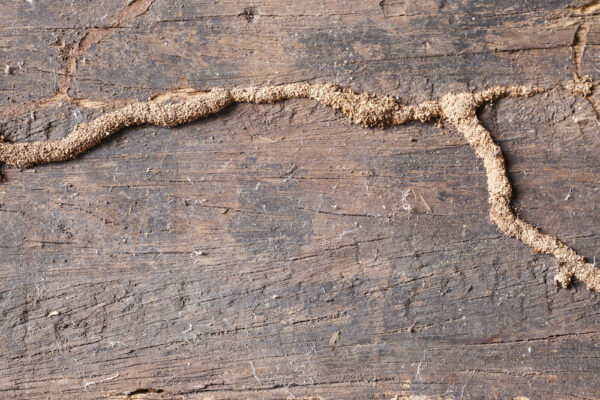![]()
Every homeowner should know the signs of termites. Knowing how to spot the main signs of termite activity can prevent many thousands of dollars’ worth of repairs, as termites can cause serious damage in just a few months.
There are 3 kinds of termites in Sydney:
• Drywood termites
• Dampwood termites
• Subterranean termites
In Sydney, subterranean termites are the main cause of concern for homeowners, with Coptotermes species causing the most significant damage. Their nests can contain over a million individual termites! Although many may thing termites are more of a problem in the bush, homes in suburbia regularly come under termite attack.
Having a professional termite inspection every year is a good way to check for termites on a property. However, termites can easily gain access in between annual inspections, so it’s also a good idea for homeowners to be able to identify termites and the signs of termite activity.
Termites and Flying Termites
Let’s start with the basics. Termites are sometimes called “white ants” as they look like a large white ant, but on closer inspection they are different. Ants have an obvious waist and antennae with an ‘elbow’. Termites have tube-shaped bodies and straight antennae. Ants tend to be brown and black with obvious eyes. Most termites (the worker termites) are white pale colour, with no eyes. In the yard, you may spot termites in wood mulch, trees, tree stumps, timber retaining walls and fences, normally hidden in the wood or inside their mud shelter tubes (see below).
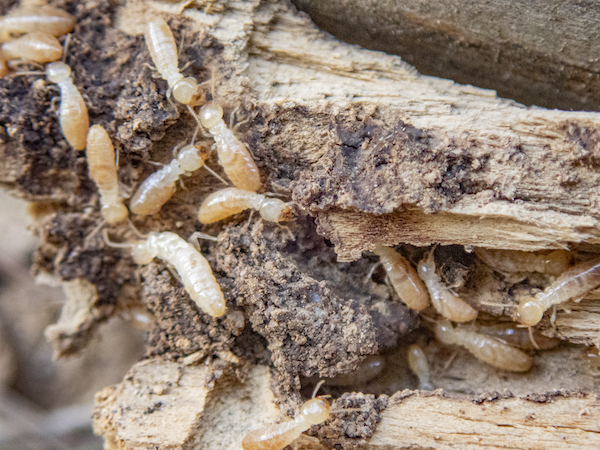
Every year in spring, termites take flight in a swarm. These are the new kings and queens looking for new locations to start a colony. These flying termites (called alates) usually swarm in great numbers on humid nights and are attracted to sources of light. Flying termites are brown and have two pairs of wings. When they land they pair up and shed their wings before crawling off to find a new home.
Many homeowners will mistakenly believe them to be flying ants. This is unfortunate, as it actually means that a large termite nest is nearby and their home is at significant risk of termite attack. If you see a swarm of flying termites or piles of insect wings on the floor or windowsills in the morning, call us at Serial Pest Control on 0406 659 095 for an urgent termite inspection.
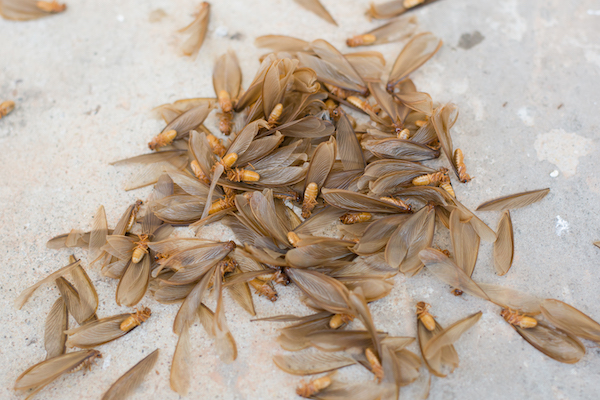
Termite Mud Tunnels
A termite nest is difficult to spot, because subterranean termites typically build their nests underground. The trick is to look for the tunnels that connect the nest to their feeding sites. These ‘mud tubes’ are thin tunnels of mud, when they build to protect themselves from predators and from drying out when they move above ground. These can sometimes be seen outside, particularly on trees, tree stumps, wooden fences and other timber items in the garden. If so spot them on the outside of your home, coming up from the soil into a crack, you know your home is under termite attack! Inside, these mud tubes would most likely be in the subfloor or visible in the roof void. Spotting them takes a trained eye and knowledge about where to look – a job for a professional termite inspector.
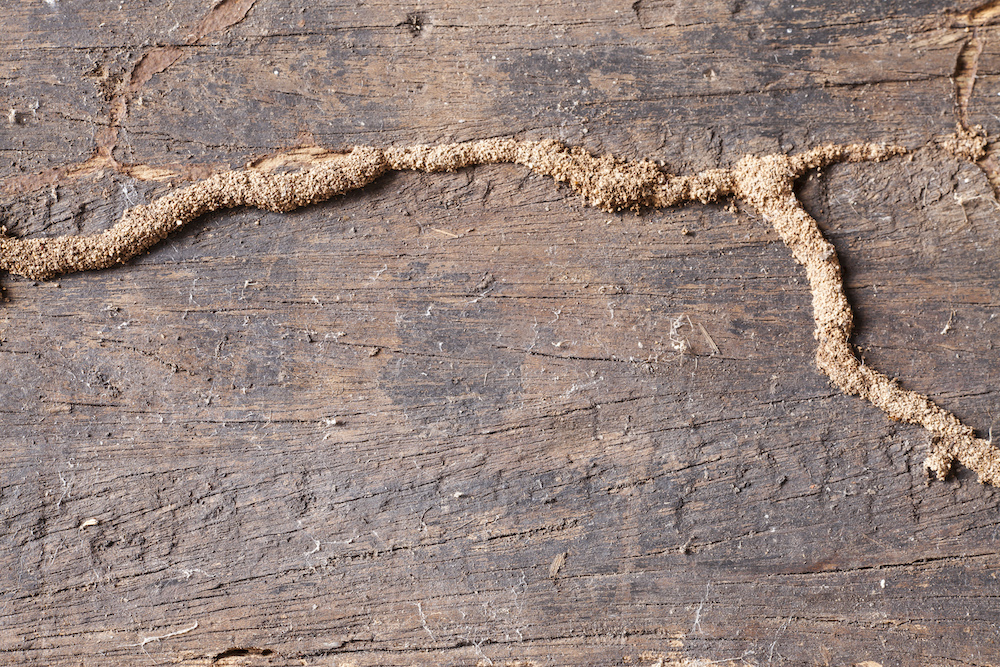
Visible Damage to Timber
Major termite damage will be easy to spot – such as collapsed flooring or roof timbers. But it’s useful to be able to spot termite activity in the earlier stages of termite damage.
When termites eat wood they leave a thin veneer on the outside to protect them from predators and the environment. This can make damage more difficult to spot. If termites eat wood that has been painted, ripples can usually be seen along the length of the timber. When they eat wood that has not been painted or varnished, the termites can sometimes poke through the surface of the timber. They quickly fill the holes with mud, making their presence more noticeable.
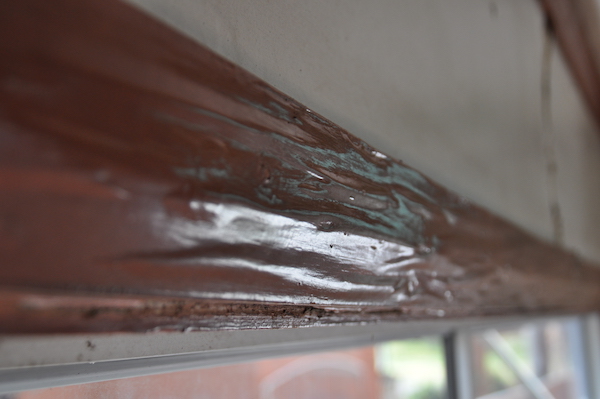
Doors and windows that suddenly become ‘sticky’ or difficult to open and close may indicate that the door jamb or window frame has suffered termite damage. Similarly, wooden floors that feel bouncy underfoot could indicate termite activity in the floorboards or the floor joists underneath.
Noises in the Night
For those with good hearing, it’s possible to actually hear a rasping sound which is the termites chewing through wood. Sometimes you can also hear a tapping sound, which is the sound of termites communicating with each other.
Protecting your home from termites
As termite damage typically costs $10,000 or more in repairs for even mild damage, it is wise to be familiar with the main signs of termite activity. If you happen to see a termite, or recognise a mud tube, it is important not to disturb the termites. If you suspect termites may be present, leave them undisturbed and arrange for us to come and undertake a professional inspection.
Having a comprehensive termite inspection each year is an important step in keeping termites out of a home, as not only will it identify if termites are present, each report will make updated recommendations for ways to address potential termite entry points.
Learn more about what’s involved in a termite inspection and why it’s a vital activity to protect your home from termites.


